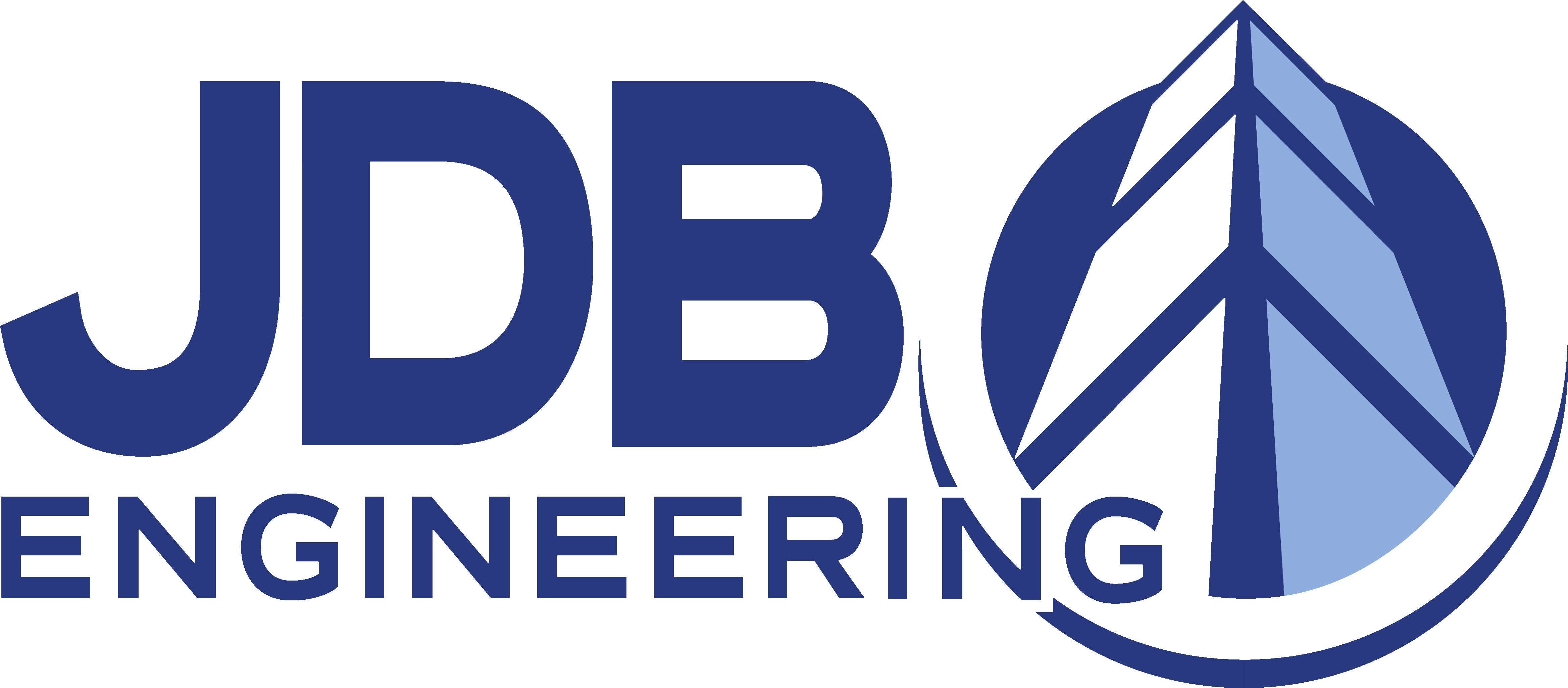By Scott D. Butcher, FSMPS, CPSM Note: this blog post originally appeared as a LinkedIn Article as “Proposals: Red Flags and Dirty Tricks.” If you’ve spent any amount of time creating proposals, then you’ve undoubtedly seen all sorts of questionable behavior by proposal requestors. Sure, they send out an RFP (or post it online), […]
Tag Archives: A/E/C
By Scott D. Butcher, FSMPS, CPSM In previous posts within the Seller-Doer Tools series, we looked at several techniques that involve limited personal interaction with prospects and clients – content marketing, which takes many forms including blogs, and social media, which is a way to connect with prospects online and create a “virtual network.” We […]
By Scott D. Butcher, FSMPS, CPSM What are the current economic conditions within the architecture, engineering, and construction industry? How are the market sectors and geographic regions performing? There are quite a few indicators that track the health of the industry, and we’ve gathered many of the major metrics in one place to make your […]
by Scott D. Butcher, FSMPS, CPSM I’ve been a member of the Society for Marketing Professional Services (SMPS) for more than 25 years, and in that time I’ve contributed more than a dozen articles (solo or with co-authors) to Marketer, The Journal of the Society for Marketing Professional Services. Below you’ll find my latest article, […]
by Scott D. Butcher, FSMPS, CPSM In a prior post, we looked at the value of social media and social selling as a business development tool for seller-doers. In this post we’re going to review a related, but totally different approach: content marketing. Sometimes referred to as education-based marketing, inbound marketing, or thought leadership […]
by Scott D. Butcher, FSMPS, CPSM Should seller-doers be engaged on social media, or is it a waste of time – a series of distractions about cat videos and what your friends had for dinner last night? Social media has changed greatly since the early days, and today most A/E/C firms have some level […]
by Scott D. Butcher, FSMPS, CPSM What’s happening in the architecture, engineering, and construction (A/E/C) industry right now? Firms should always be paying attention to the industry indicators, whether those metrics are leading or lagging. Below you’ll find a current snapshot of some of the best-known metrics in our industry. American Institute of Architects The […]
by Scott D. Butcher, FSMPS, CPSM If you’re like most A/E/C professionals, you probably don’t enjoy conducting sales over the telephone, especially if you are prospecting. Yet sometimes you still need to pick up the phone, no matter how much you hate it. It makes sense. Traditional “cold calling” is now considering “interruption marketing,” meaning […]
by Scott D. Butcher, FSMPS, CPSM Seller-doer, doer-seller, closer-doer, rainmaker … these are all terms used to reference a technical professional (architect, engineer, scientist, construction manager, etc.) tasked with bringing in business to his or her firm. We know why this model is important: clients are increasingly demanding it. We know who is typically involved […]
JDB Engineering vice president Scott D. Butcher, FSMPS, CPSM has now been blogging on the Engineering News-Record website (www.ENR.com) for more than a year, authoring over 30 blog posts. His blog covers aspects of marketing and business development for architectural, engineering, and construction firms. Scott D. Butcher, FSMPS, CPSM Prior to the Great Recession, there was much […]


